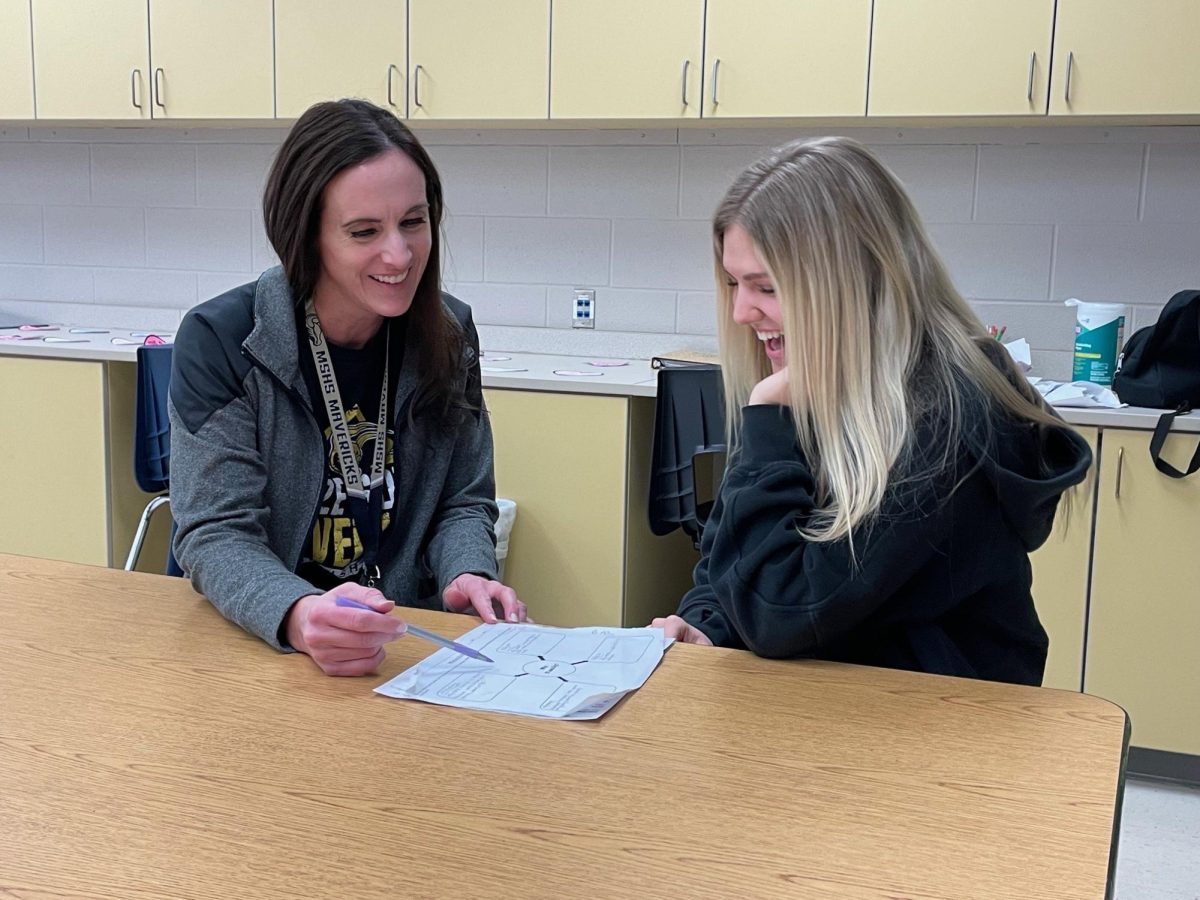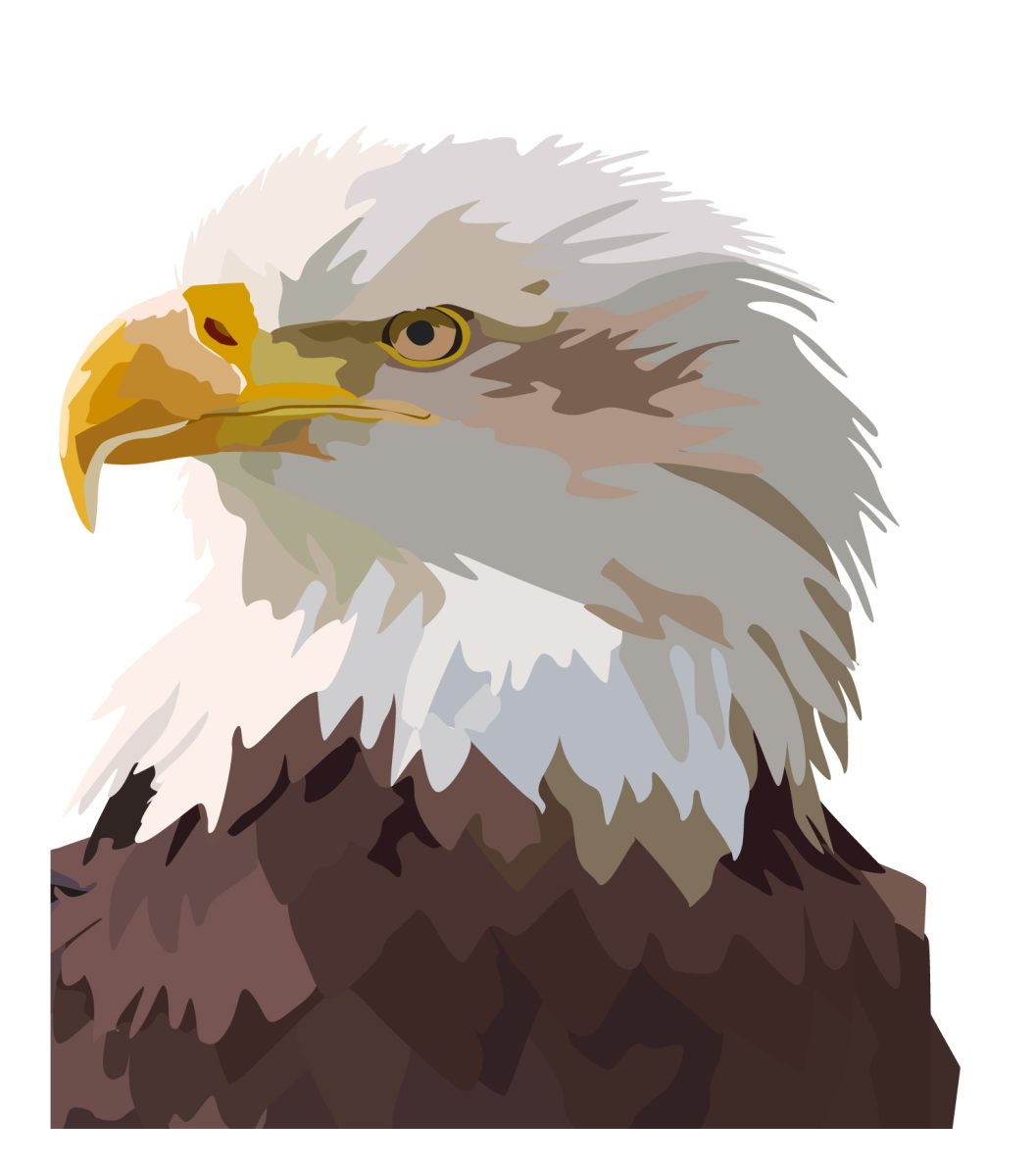Wolf discovers passion for assisting students with learning disabilities
In a series of about 300 exercises, Bal-A-Vis-X allows students to enable the whole mind-body system to experience a true symmetrical flow.

Lanie Wolf, sophomore, juggles two small balls in a Bal-A-Vis-X exercise that improves hand to eye coordination.
September 22, 2019
For sophomore Lanie Wolf, finding her passion was the discovery of a hand and eye coordination exercise, better known as Bal-A-Vis-X.
In a series of about 300 exercises, Bal-A-Vis-X enables the whole mind-body system to experience the symmetrical flow of a pendulum.
“I have a job that works with kids with autism and learning disabilities,” said Wolf. “I basically bounce balls on different kinds of rhythmic patterns, its proven to help kids with problems.”
Bal-A-Vis-X, exercises with sand-filled bags and a balance board, began in the 80’s when Bill Hubert, a teacher and martial arts instructor, saw students struggling in his 1st grade class and than in the 90’s for middle school students struggling with learning disabilities. The more Hubert taught, the more it grew over time and wasn’t just taught in schools anymore. It was being taught coast to coast, with therapists serving in the military veterans with Traumatic Brain Injury and PTSD, and also helping victims of childhood trauma.
“It is basically a bunch of ball exercises that connects both sides of the brain together,” said Wolf. “So I work with kids that have autism and cerebral palsy, so bouncing the balls help their brain connect and get them to learn better in school.”
According to the Bal-A-Vis-X website, these exercises enables the whole mind-body system to experience the natural symmetrical flow of a pendulum that demands cooperation, promotes self-challenge, and fosters peer teaching.
“I have a learning disability and my mom found out about so she me in it, then I got really good at it so they asked me to help teach with him,” said Wolf.
Their official textbook, The Illustrated Bal-a-Vis-X, is based on Bill Hubert’s Bal-A-Vis-X program, created by Francis Norsworthy. It is designed for use after someone has taken a preliminary training session. The textbook focuses on a post-training written and pictorial checklist.
Wolf is even able to differentiate her own teaching style to accommodate for different learning styles that her students bring to the table.
“I teach it differently with different kids, some kids can’t figure out how to do a certain technique because of their disability,” Wolf said. “I really have to figure out what to do on the spot of how I can teach them in the best way for them to be successful.”
“I love working there, it helps me understand other peoples lives and helps me realize how fortunate I truly am,” said Wolf. “I get a good bond with each kid and I look forward to going there and working with each and every kid.”


